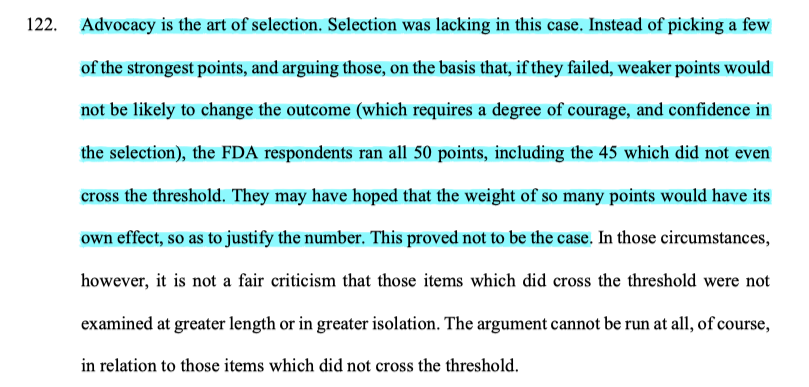
1/ Scottish Federation of Housing Associations v Jones: The exception to the 2 years qualified service requirement under s.108(4) ERA concerns dismissal for political opinions/affiliations & not mere breach of a political neutrality clause.
assets.publishing.service.gov.uk/media/62dad6c0…
#ukemplaw
assets.publishing.service.gov.uk/media/62dad6c0…
#ukemplaw
2/ J was head of membership & policy for the SFHA. Her employment contract contained a 'Political Activity' clause preventing her from having a formal role of a political nature.
3/ J told her employer she wished to stand for Scottish Labour at the next general election. The SFHA advised that it didn't consent to this. J then withdrew her candidature. At a meeting, the CEO expressed concern J had sought permission to stand. J was subsequently dismissed.
4/ J's dismissal letter made no reference to the request for permission to stand, but J submitted that was the true reason for dismissal, though accepted she wasn't dismissed due to affiliation with the Scottish Labour Party or due to her political opinions.
5/ J brought claims for unfair dismissal & discrimination because of religion or belief (a belief in participatory democracy).
At a PH, the ET found the belief fell within s.10 & the Grainger test, but that J lacked 2-years qualified service for the unfair dismissal claim.
At a PH, the ET found the belief fell within s.10 & the Grainger test, but that J lacked 2-years qualified service for the unfair dismissal claim.
6/ On appeal re the latter, the EAT considered whether s.108(4) ERA operated to disapply the 2-year service requirement for the unfair dismissal claim. 

7/ The EAT took a narrow view of that exception. Its purpose was self-evident from its terms & directed towards dismissal due to political opinion or political affiliation. s.108(4) was brought in to comply with the ECtHR judgment in the BNP bus driver case of Redfearn v UK. 



8/ Thus the EAT distinguished between dismissal due to particular opinions/affiliation on the one hand & dismissal not directed to that particularity but due to a political neutrality policy on the other. The s.108(4) exception doesn't apply to the latter. 

9/ The EAT moved on to consider whether J's belief that those with relevant skills, ability & passion should participate in the democratic process fell within s.10 EqA as per the Grainger test. It found that it did, noting J's long history of such participation. 





10/ In a postscript, the EAT looks briefly at the lawfulness of political neutrality clauses, noting that they are lawful in principle & are, for example, a requirement under the Civil Service Code.
11/ In a curious part of the postscript, Lord Summers suggests that if J proves her dismissal due to seeking permission to stand for Scottish Labour, SFHA might need to address proportionality of dismissal under s.13(2) EqA. That's obviously wrong as this isn't an age case. 

12/ Whilst on obvious errors, those reading the case should not be confused by the summary which wrongly refers to s.108(4) of the Employment Relations Act rather than Employment Rights Act. 

• • •
Missing some Tweet in this thread? You can try to
force a refresh









